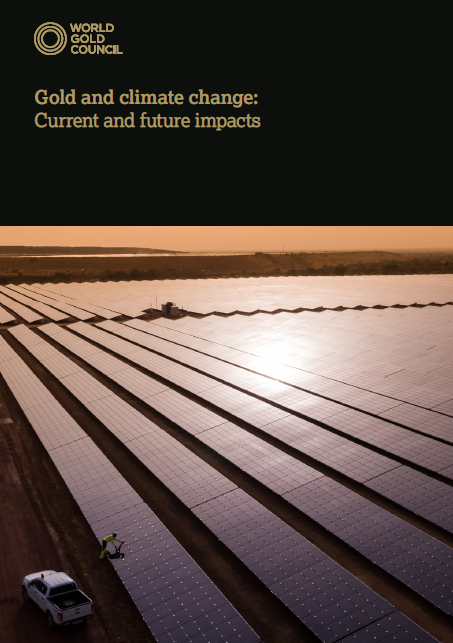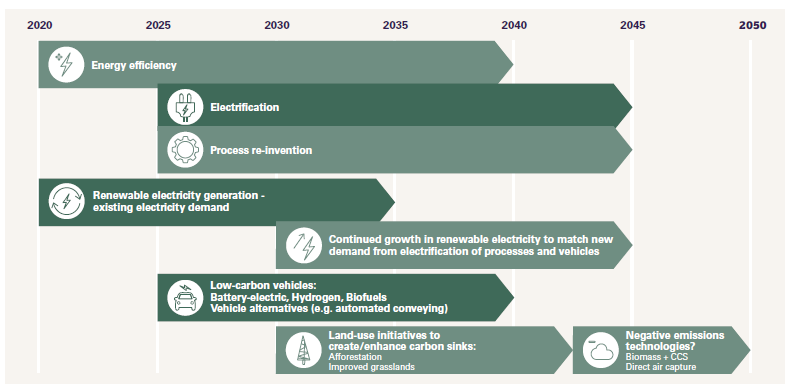The World Gold Council and its members recognise that climate change imposes very substantial risks to the global economy and socio-economic development. Policy makers, industry stakeholders, asset owners, investors and wider society, are now eager for a greater understanding of these risks and their potential consequences, and how these might be mitigated or managed in future.
To contribute to a clearer, more consistent appreciation of how climate-related risks (and opportunities) might impact the future prospects of the gold industry, we have undertaken new research, building on our initial work of 2018. We believe this new analysis offers a comprehensive overview of the current status of gold’s climate impacts and how the sector might adapt in the face of climate change in order to transition to a net zero carbon future. We have also examined how gold’s role as an investment asset might be affected by climate-related physical and transition risks in comparison to the other mainstream investments.
Key findings
- This analysis, using more granular data covering the whole supply chain, has produced more accurate estimates of gold’s greenhouse gas (GHG) intensity and carbon footprint, while broadly validating our 2018 work.
- Gold’s downstream uses – gold in bullion, jewellery, and electronic products – have little material impact on either gold’s overall carbon footprint or GHG emissions.
- The current primary source of GHG emissions in the gold supply chain – energy and fuel use in gold mine production – can transition towards a net zero pathway in a practical and cost-effective manner.
- Gold’s risk-return profile is likely to be relatively robust in the context of climate-related physical and transition risks, particularly in comparison to the vulnerability of many other mainstream assets.
- Heightened market volatility and uncertainty from climate-related risks are likely to be supportive of further investment demand for gold, as gold’s roles as a risk hedge, portfolio diversifier and market insurance asset are well established.
- Taken together, these findings suggest gold may have an additional role to play as a climate risk mitigation asset in long-term investment strategies.


